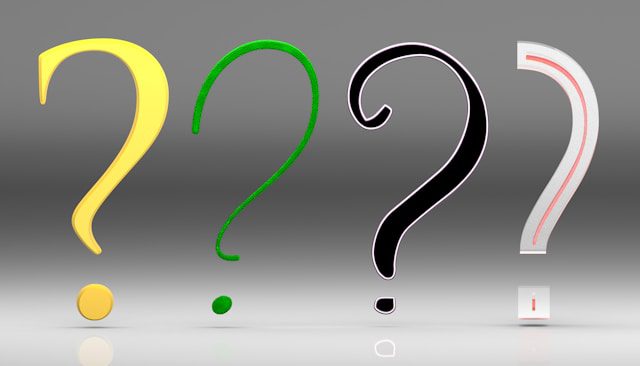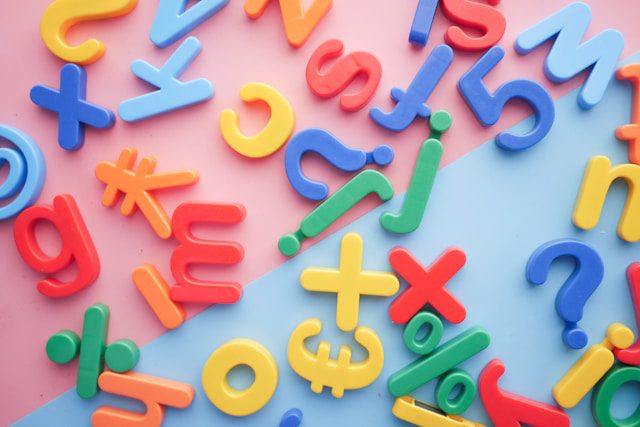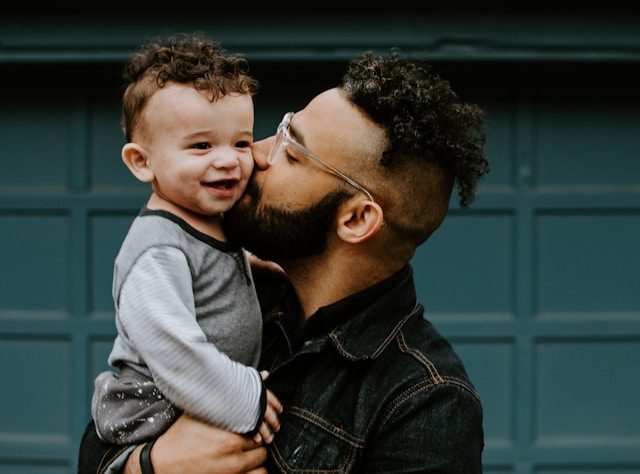Have you ever been watching a heated football match, and when a controversial decision is made, you know exactly what the player is shouting—even though you can’t hear a thing? That, right there, is lipreading in action.
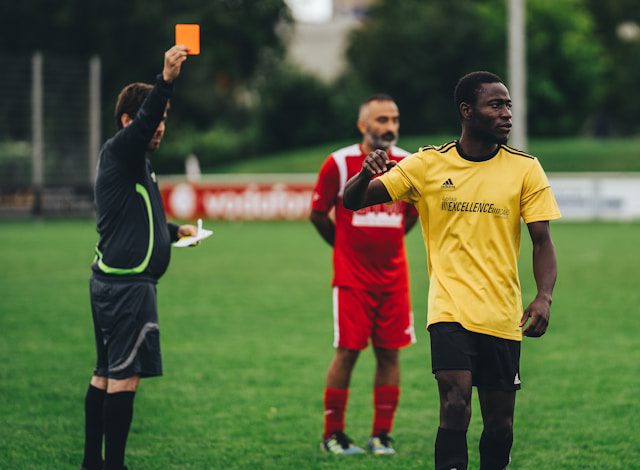
It might surprise you to know that lipreading (also called speechreading) is a skill we all use, whether we realise it or not. It’s a natural part of how humans communicate, especially in noisy environments like pubs, busy streets, or parties. Our brains cleverly combine what we hear with what we see—the shape of the mouth, the movement of the lips, and facial expressions—to work out what’s being said.
We’ve Taught Ourselves
Most of us haven’t had formal training in lipreading. We just pick it up as we grow and communicate with others. From an early age, we start recognising the visual clues that go with speech. It becomes instinctive—until we try it without sound and realise how tricky it can actually be!

But Not All Words Can Be Read on the Lips
Here’s the catch: lipreading isn’t perfect. Some words look identical on the lips, even though they sound completely different. That’s because certain sounds are made inside the mouth or throat and don’t change the visible shape of the lips much.
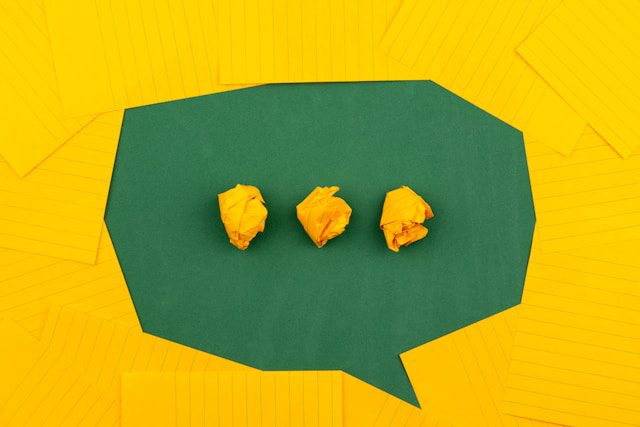
Take for example:
-
Pat, bat, and mat – These all look nearly the same when spoken.
-
Cough, golf, and gone – Not much happening visually here either.
-
Can and man – Try mouthing them silently in the mirror—they’re hard to tell apart!
This is actually what ventriloquists rely on. They avoid using words with noticeable lip movements and instead focus on sounds that can be disguised. That’s how they “throw” their voice and make it seem like the dummy is doing all the talking.
Lipreading Is a Lifeline for Many
For people with hearing loss, lipreading becomes a vital communication tool. When sound is muffled, distorted, or absent, being able to read the lips, expressions, and gestures of the speaker can make a huge difference. It’s empowering. It brings confidence. And in many cases, it makes communication possible again.

Can You Improve Your Lipreading?
Absolutely. While we all use some level of lipreading already, taking it further is totally possible—and beneficial. Lipreading classes are available in many countries, often through adult education centres, community colleges, or charities supporting deaf and hard-of-hearing people.
These classes don’t just teach you to recognise mouth shapes. They often include:
-
Strategies for filling in the blanks
-
Tips for dealing with common problem sounds
-
Practice with everyday conversations
-
Support from others who are also learning
Plus, they’re a great way to meet people and feel less isolated if hearing loss is new to you.
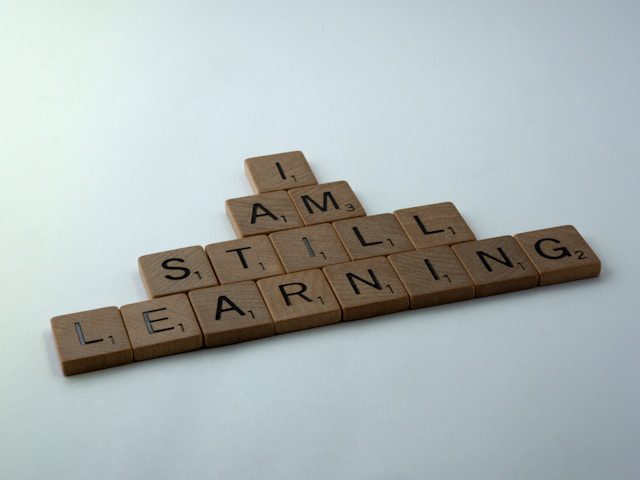
Other Tips to Boost Your Lipreading
Here are a few more ways to enhance your lipreading skills:
-
Face the speaker: Make sure you can see their face clearly—good lighting helps.
-
Ask people to speak clearly, not loudly: Shouting can distort lip movements.
-
Don’t be afraid to ask for repeats or rephrasing: You’re not alone.
-
Use context clues: Understanding the topic helps predict words.
-
Stay relaxed: Tension makes concentration harder.
A Skill Worth Celebrating
Lipreading is an amazing example of how adaptable humans are. Whether you’re aware of it or not, you’re probably using it every day—and with a bit of focused learning, it can become an even more powerful ally in communication.
If you’re interested in learning more, why not look for a local lipreading class or an online group to join? Your eyes might just become your new ears.
Here is a good place to start: Association of Lipreading Tutors
We have lots more go-to links in our Resource Library


